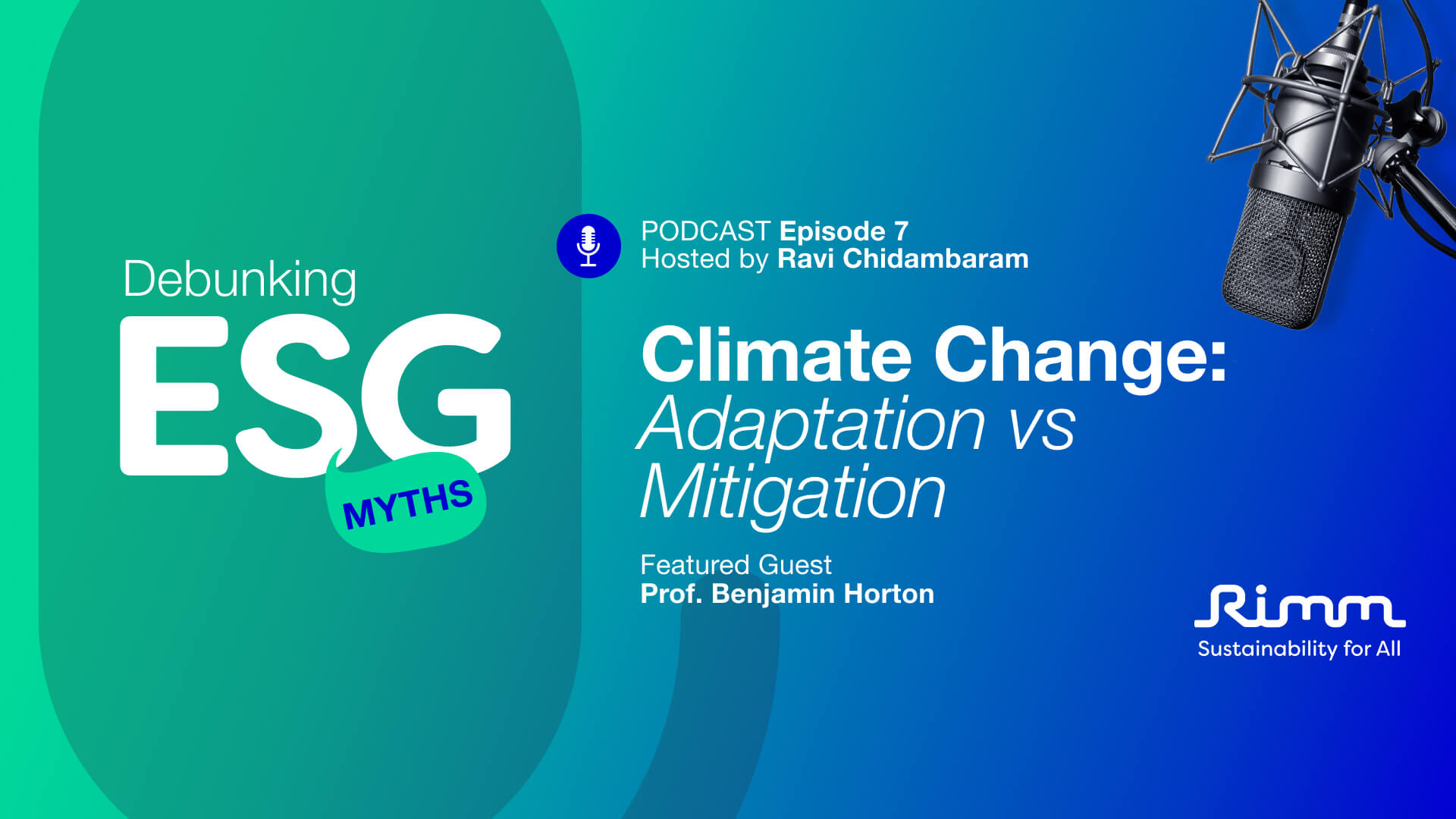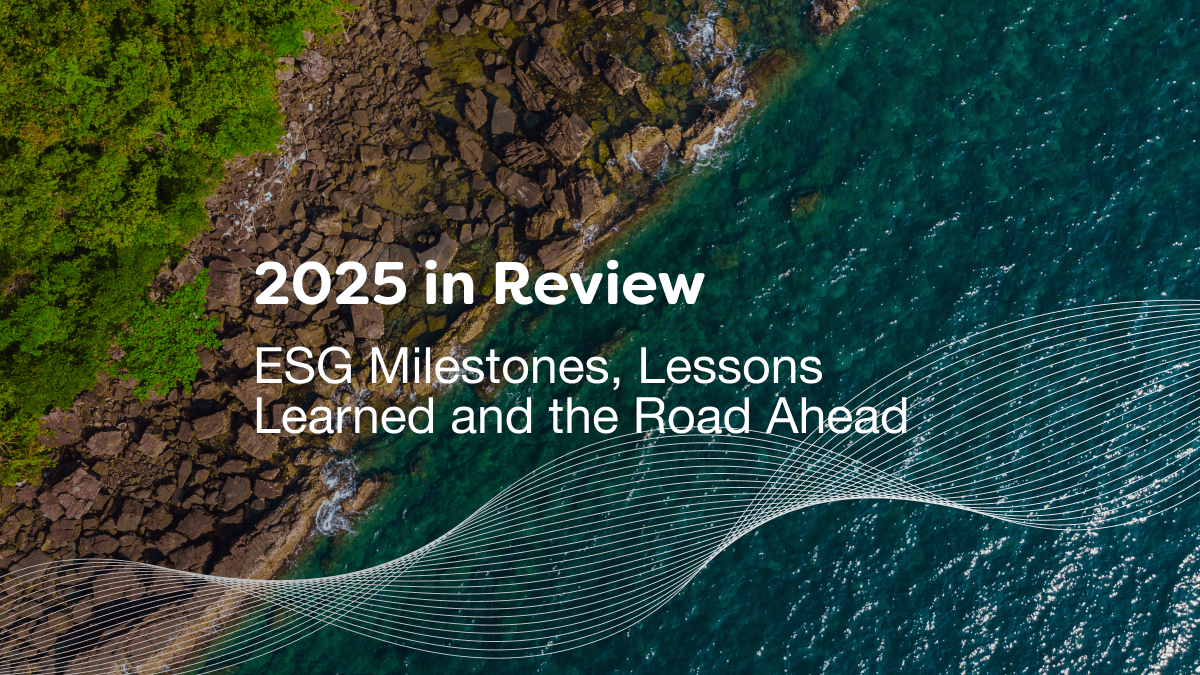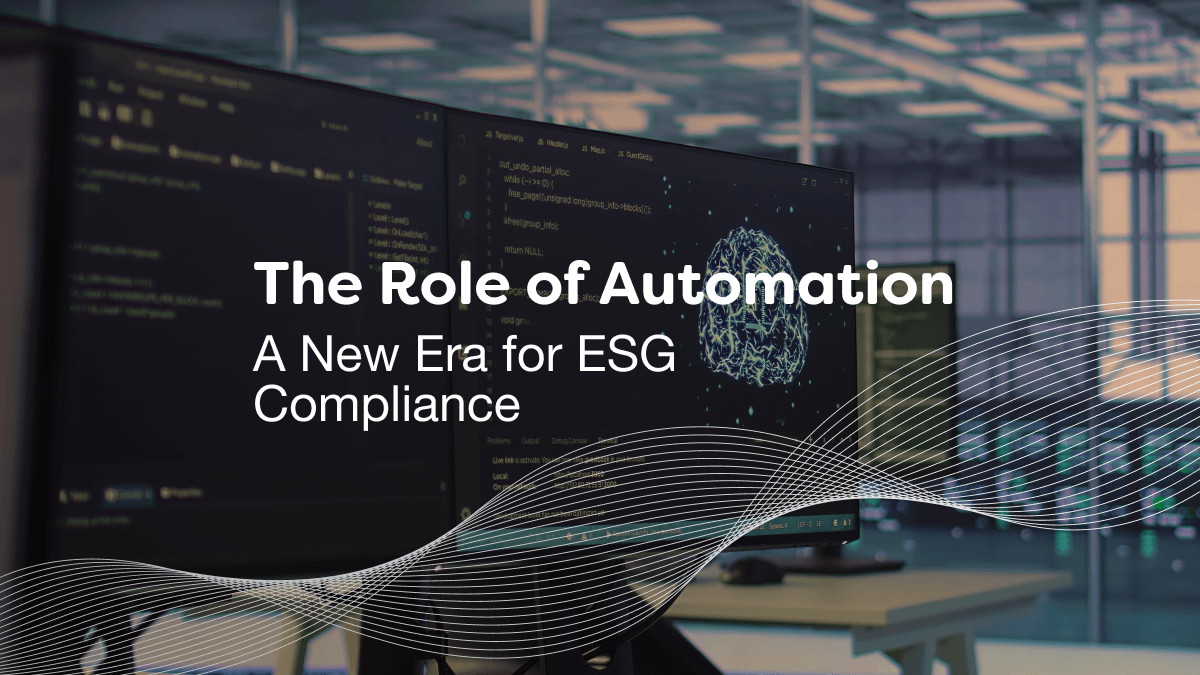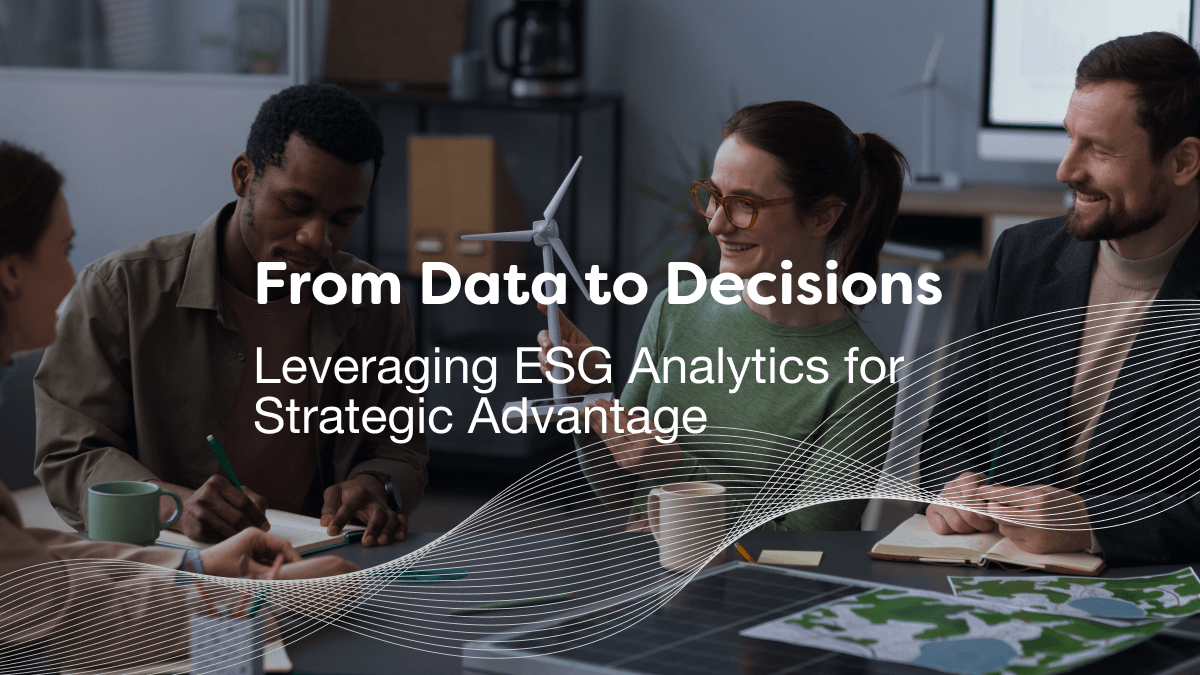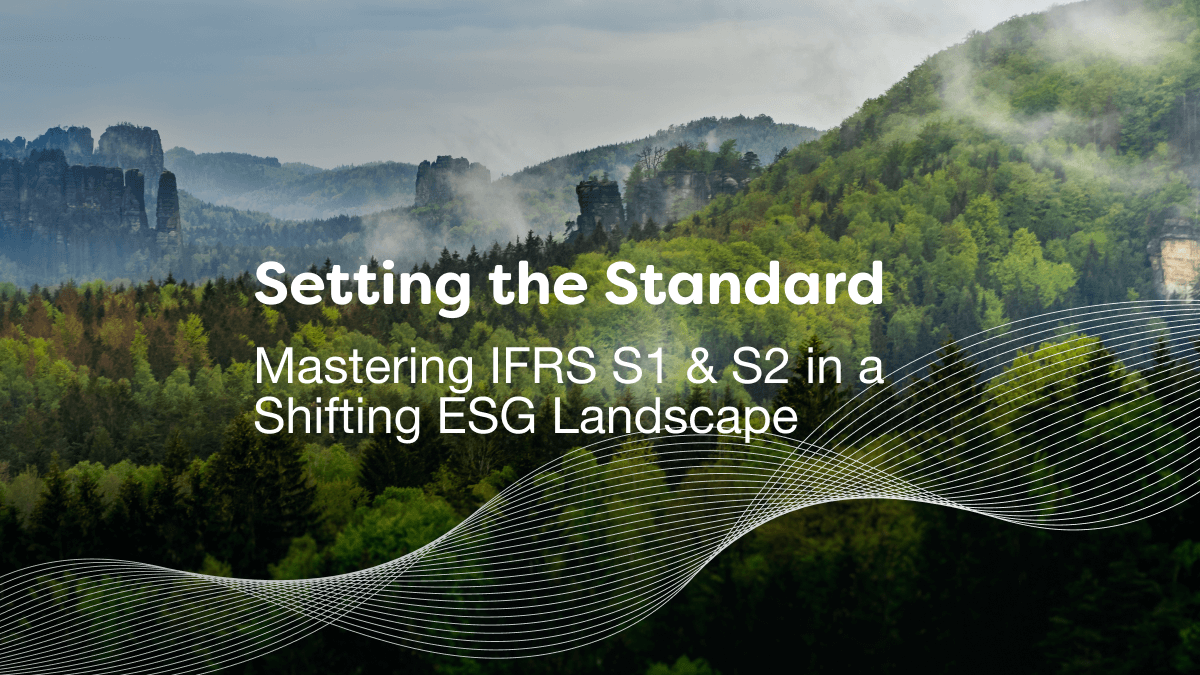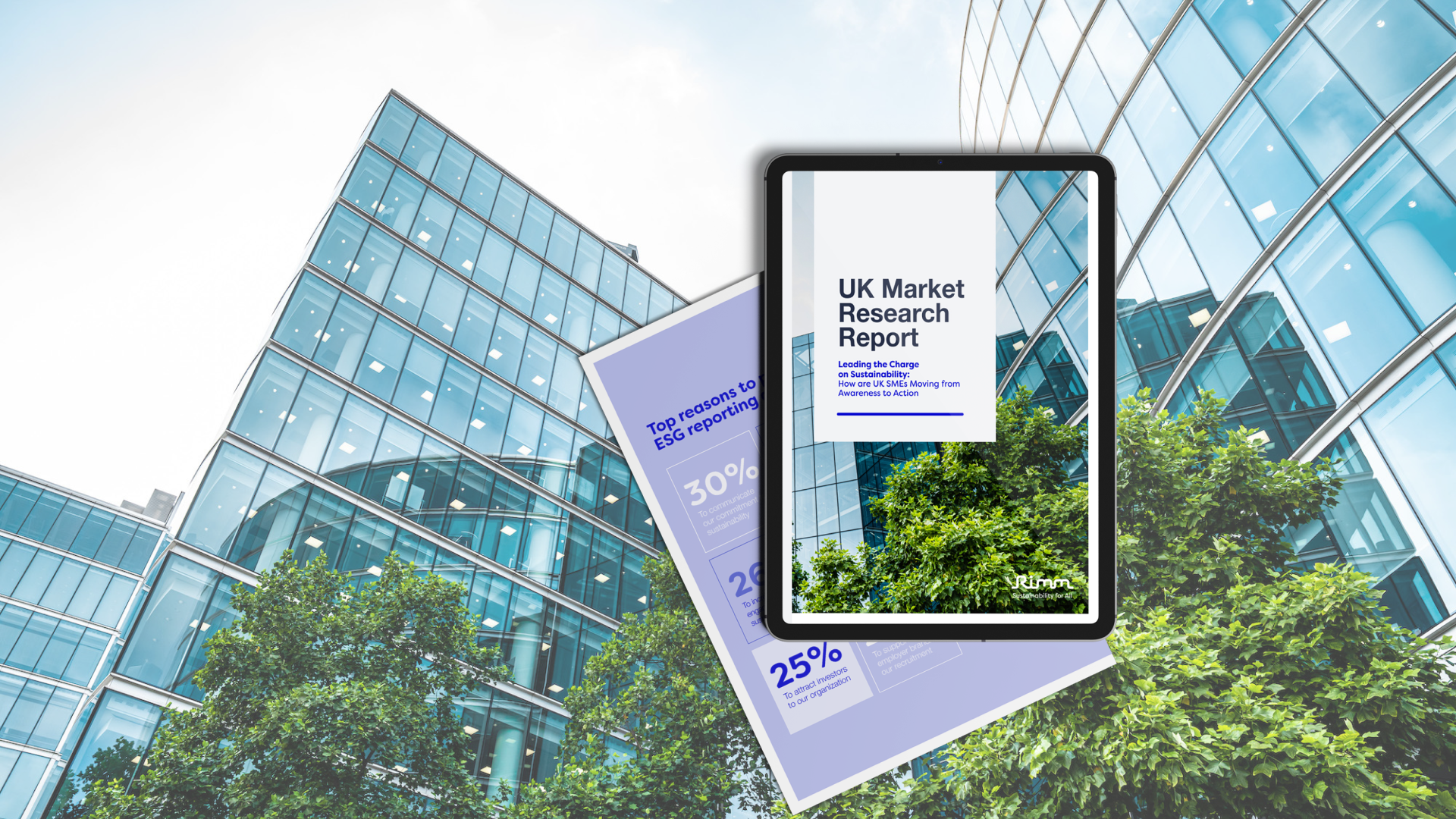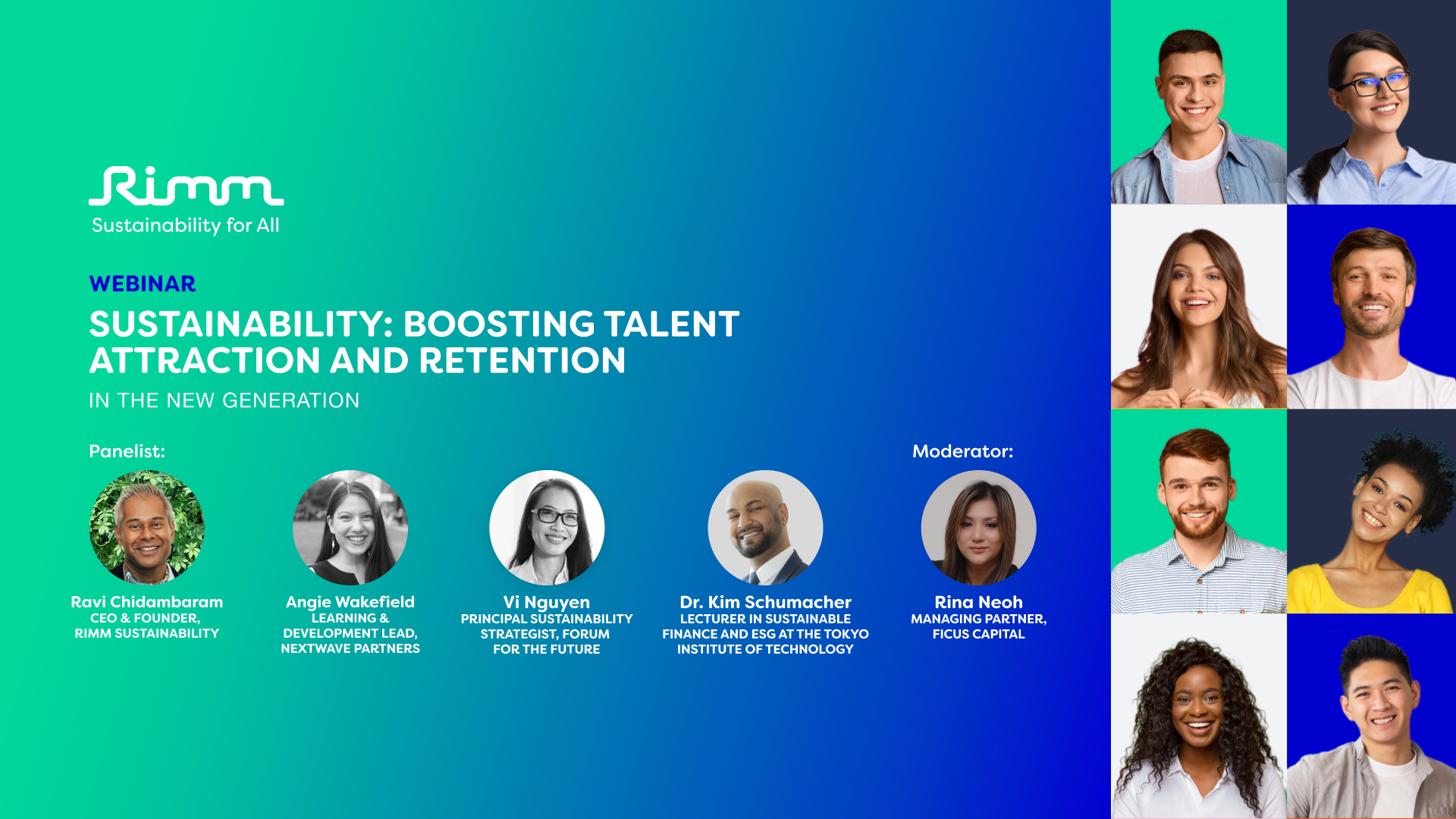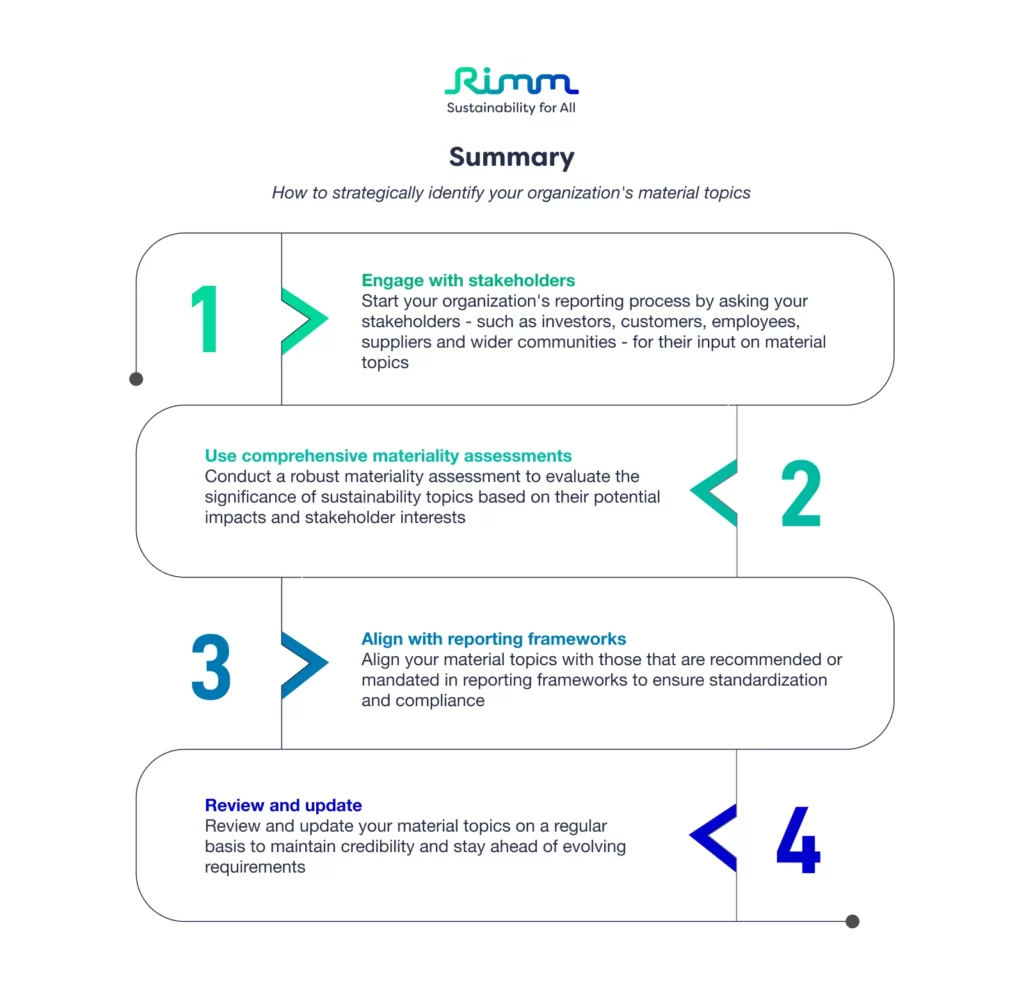Our 2023 report covers emerging sustainability trends in UK SMEs. Learn how small and medium-sized firms are committing to sustainability, and taking action. Find out what challenges they face and how to overcome them.
A new report has revealed an exciting level of interest and activity around sustainability in UK SMEs. Four in five SMEs are committed to sustainability action and reporting – an impressive figure given the challenges involved and the size and resources available in some firms.
Over 50% of small and medium-sized enterprises (SMEs) are even reporting their sustainability commitments externally, according to the 2023 report by Rimm Sustainability. And over 60% are sharing the information internally. This shows the critical role sustainability communication has in many small and medium-sized organizations.
But the report revealed an urgent need for more support as only 35% of SMEs have a manager to oversee sustainability activities and reporting.
Rimm’s survey covered 500 C-suite executives from SMEs across the UK, and explored the awareness, commitment and action SMEs have taken to embed sustainability into their businesses. It also looks at how they have acted to improve performance on sustainability metrics.
The results paint a positive picture of understanding, awareness and interest in sustainability among UK SMEs. But it also shows how important sustainability support solutions have become as they look to improve performance on key metrics. Rimm’s report shows SMEs still face many pain points. Plugging gaps with external support has become necessary for most firms navigating these challenges.
Let’s dive into some of the main takeaways from the report.
UK trends
Commitment to sustainability
Rimm’s survey reveals a strong emphasis on sustainability among SME executives, with eight in 10 expressing their organization’s commitment to it. For example, an impressive eight in 10 UK SMES calculate their carbon footprint, gaining insights into their environmental performance and ways they can decarbonize.
Sustainability reporting
Four in five SMEs participate in sustainability reporting, embracing this crucial step in their journey.
Reporting channels
Over 50% of SMEs already report their sustainability commitments to stakeholders across three main channels – internally with employees (62%); in annual reports for stakeholders (56%); and on websites and social media (56%).
The top reasons for reporting are to:
– Communicate a commitment to sustainability (30%)
– Facilitate greater transparency (29%)
– Comply with regulatory requirements (27%)
Who is driving sustainability in UK SMEs?
35% of SMEs identified a sustainability manager as the key person driving sustainability in their organization. Such a dedicated manager is becoming essential in managing overall sustainability strategy for organizations, and establishing a roadmap to convert their commitments into action. But Rimm’s research shows many SMEs have not yet established this role or found someone to fill it.
Technology reliance
77% of UK SMEs use technology and a sustainability platform to facilitate their goals. Firms are increasingly harnessing the power of technology to help embed sustainability across their organization, provide guidance on regulations, and improve sustainability action and education.
What challenges do SMEs still face?
Disruption deters UK SMEs from translating commitment into action
39% of SMEs committed to sustainability said the risk of operational disruption is a top concern, followed by the risk of making a loss. These figures suggest that, while they appreciate the value of sustainability, negative perceptions linger about how it could interfere with business operations and profits.
Cost is the top reason for not reporting on sustainability
31% of respondents said sustainability reporting costs too much.
The top three pain points around sustainability
1. Understanding what to report (36%) – SMEs are concerned about the complex web of standards and frameworks companies have to navigate
2. Verifying data (35%), which adds a layer of activity for resource-constrained SMEs
3. High prices for most sustainability services (34%).
Sustainability initiatives may help your reputation. But they may also seem expensive and time-consuming for many SMEs focused on survival and growth.
How SMEs can be better supported
SMEs expressed interest in various support in achieving sustainability goals
Different SME types prioritize slightly different factors in support partners. For those with revenue above £20 million, quality and trust are the two most sought-after traits in providers. Improving sustainability performance tops the support wish list for firms with revenue under £20 million.
SMEs want support in these areas:
– A sustainability report that helps with external marketing (40%) and internal marketing (38%)
sustainability standards and frameworks (40%)
– Educational resources (38%)
– External benchmarks to compare performance (36%).
Some are also looking for a one-stop shop for everything around sustainability.
Inclusive, accessible, low-cost solutions are key
Each SME has its distinctive context, hurdles, and prospects. Each must adapt an approach to sustainability that aligns with their requirements, capabilities and readiness levels.
However, a common theme is that it is essential to lower the barriers for SMEs to voluntarily disclose sustainability information by alleviating the high costs involved. They also need more high-quality guidance on standardized metrics to help them gather relevant data.
Sustainability needn’t be a lonely and daunting journey for SMEs if they are supported with the right resources and guidance. When looking for a place to start their sustainability journey, an inclusive and accessible solution that enables them to track, measure and manage performance is vital. These tools should also support data collection and provide quality guidance, allowing SMEs to pursue their sustainability journey with minimal struggle.
Want to learn more insights from our report on UK SMEs?
Download our UK market research report today!
Simplify Your Sustainability Performance & Tracking With myCSO
✅ Calculate your scope 1, 2 and 3 emissions instantly
✅ Gauge your company’s sustainability performance
✅ View your sustainability performance all from one dashboard
✅ Benchmark against industry peers
Enter your information below to book a demo with our team today.

